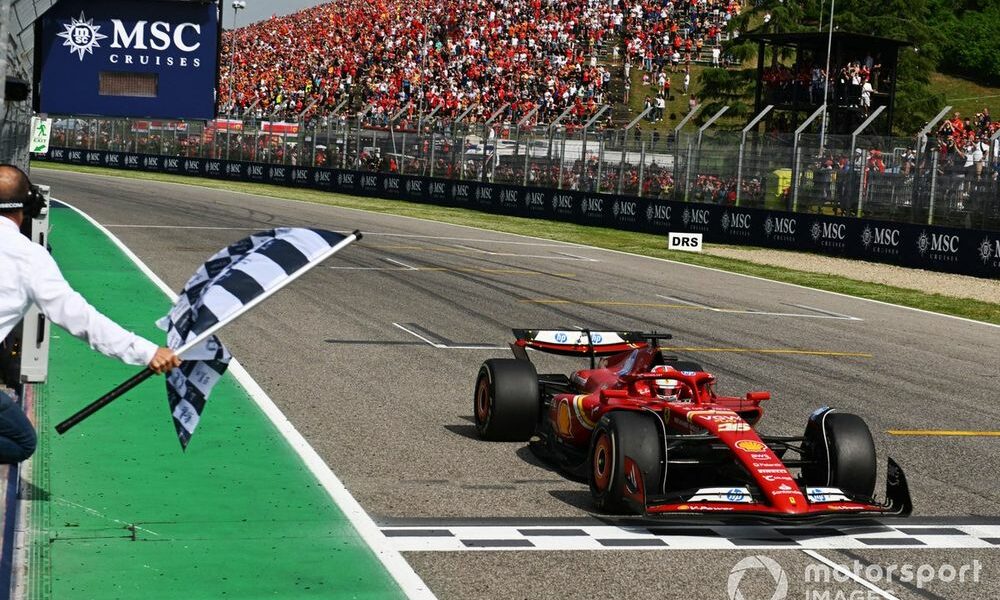F1 teams are constantly in discussion with series owners Liberty Media about the new Concorde Agreement, which is set to come into effect in 2026.
The Concorde Agreement is pivotal for the day-to-day running of F1 and dates back to the 1980s, when it ended political disputes that plagued the championship at the time.
Several editions of the Concorde Agreement have since been signed, with F1 currently under its eighth term – so what exactly is it?
What is the F1 Concorde Agreement?
The Concorde Agreement is a contract between F1, its governing body the FIA and the teams who compete in the series. It defines how F1 is run – with one agreement relating to the regulatory framework of grand prix racing, and another outlining the commercial terms.
What the Concorde Agreement contains is largely confidential, but it’s still known that the contract states how much the championship finishing positions are worth. Teams also receive a 50% share of F1’s profits up to a certain point, with that share then decreasing if more income is generated. It is understood that F1 teams currently receive 45% of the prize pot after revenue exceeded $3billion in 2023.
Bonus payments are also included for achievements like winning the championship. Meanwhile, Ferrari controversially receives a historical bonus for being the only team to have competed in every F1 season since the championship’s debut in 1950.
It is understood that Ferrari receives an extra 5% if the total prize pot distributed to teams does not surpass $1.1b. Ferrari’s bonus is eventually capped at 10% for anything above and beyond an approximate revenue of $1.6b – exactly where the income figures are currently understood to be.
Williams team boss James Vowles said in 2023: “I think Ferrari brings something special to the sport. We have to be honest about that. If you ask an average person who they know in Formula 1, you will see that Ferrari is still a name that stands out. That’s the truth behind it. They bring a certain level of heritage and recognition to the sport. So I think there’s a reason these things exist.”
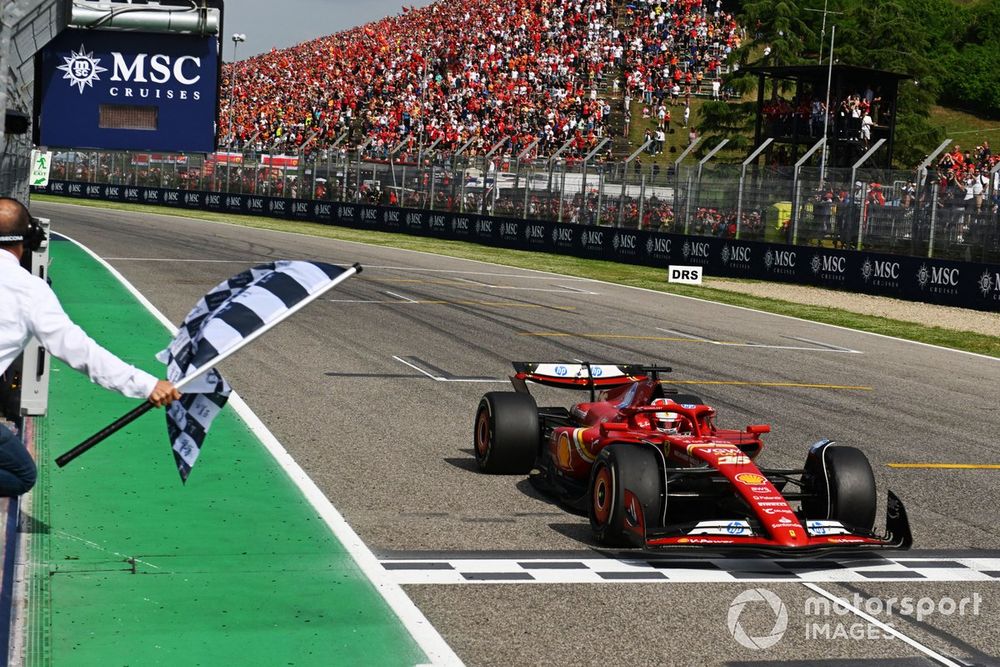
Charles Leclerc, Ferrari SF-24, 3rd position, passes the chequered flag
Photo by: Mark Sutton / Motorsport Images
The entry fee for F1 ($657,837 per year) and the cost cap ($135m per year) are other conditions included within the Concorde Agreement. But it is not all financial, as the contract also states the obligation for teams to participate in every race and helps with any potential regulation changes.
So the Concorde Agreement is essential for the day-to-day running of F1 and it must be signed by every team in the championship.
It is decided at the time of signing how long that specific Concorde Agreement will run for, during which period teams must remain committed to the championship if they’ve signed the contract.
When did the F1 Concorde Agreement begin?
The first F1 Concorde Agreement was signed in 1981 in an attempt to end the dispute between the Federation Internationale du Sport Automobile (FISA) and the Formula One Constructors’ Association (FOCA), commonly known as the FISA-FOCA war.
It was a battle that started in the late 1970s as the two, now defunct, sporting organisations battled for control of the series. FISA, then motorsport’s governing body, was headed by president Jean-Marie Balestre while Bernie Ecclestone led FOCA with Max Mosley as legal advisor.
FOCA was a trade union of sorts for the non-factory teams, who believed FISA held a bias towards major manufacturers such as Ferrari, Renault and Alfa Romeo. It came to a heated climax in 1980, when FOCA teams boycotted the mandatory driver briefings for the Belgian and Monaco GPs to protest against F1’s revenue distribution.
Fines were issued as a result, with FISA then stating it would revoke racing licences should the fines not be paid. It led to FOCA threatening to withdraw from the Spanish GP, held just two weeks after Monaco, which would have been a disaster for FISA had just three teams competed in the grand prix.
That looked like a real possibility until Juan Carlos I, King of Spain from 1975 to 2014, ordered the race to take place. But it did so without the sanctioning of FISA, meaning its supporting teams withdrew and the event became a non-championship race.
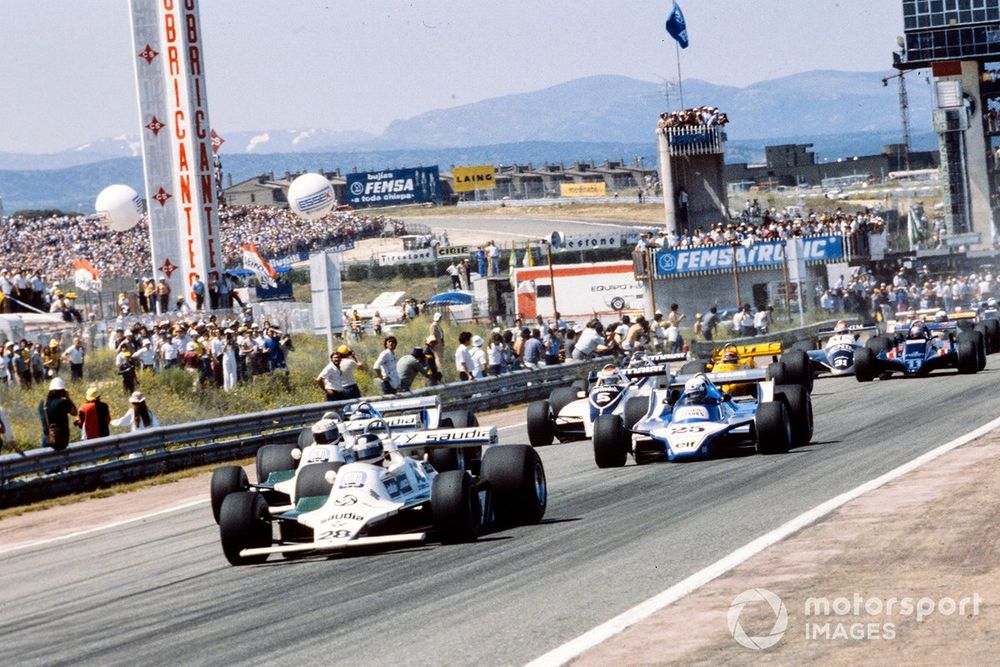
Carlos Reutemann, Williams FW07B Ford, leads Alan Jones, Williams FW07B Ford, Didier Pironi, Ligier JS11/15 Ford, and Nelson Piquet, Brabham BT49 Ford
Photo by: Motorsport Images
The dispute also led to tyre supplier Goodyear threatening to leave F1 at the end of 1980 and that would have caused much damage to the series. So, Ecclestone organised a meeting with team bosses and FISA representatives at the FIA headquarters in Paris’s Place de la Concorde – hence the name of the contract – leading to the first Concorde Agreement being signed.
It largely settled the FISA-FOCA war because a fairer distribution of revenue was agreed, as was a structure for incoming regulation changes and the requirement for teams to compete at every race. The first Concorde Agreement lasted until 1987, when Ecclestone established Formula One Promotions and Administration, later known as FOM, to manage television rights for the teams.
This Concorde Agreement ran until the end of 1991, with the third contract being signed for the following year covering the 1992 to 1996 seasons. But the fourth Concorde Agreement only lasted for a year because it was rejected by McLaren, Williams and Tyrrell, who were outraged that, as FOCA president, Ecclestone had transferred F1’s commercial rights to his Formula One Administration company.
The three teams lost income as a result, but a fifth Concorde Agreement was signed for 1998 to accommodate McLaren, Williams and Tyrrell after reaching a compromise. To this day, the fifth Concorde Agreement has lasted the longest because a sixth contract was not signed until 2009, which ended the FIA-FOTA dispute.
The Formula One Teams Association (FOTA) was a group of F1 teams – Ferrari, McLaren, Renault, Toyota, BMW-Sauber, Brawn GP, Red Bull and Toro Rosso – who threatened to form a breakaway series for 2010.
This came after the FIA attempted to force through new regulations, which included an optional budget cap amid the 2007-08 financial crisis. Those who elected to use the budget cap would have been given greater technical and design freedoms, so teams thought this essentially created two sets of rules for the championship.
The threat appeared very real and FOTA even leaked a proposed calendar for its series. So, the sixth Concorde Agreement brought much needed stability to F1 and included revised proposals for the regulation changes that came into effect for 2010. In general though, it was just a continuation of the fifth Concorde Agreement and was signed by all teams bar BMW, who left F1 at the end of 2009.
It lasted until the end of 2012, yet the seventh Concorde Agreement was not signed until July 2013, with it being enforced two months later. Ecclestone said it gave teams more involvement in the rule-making process.
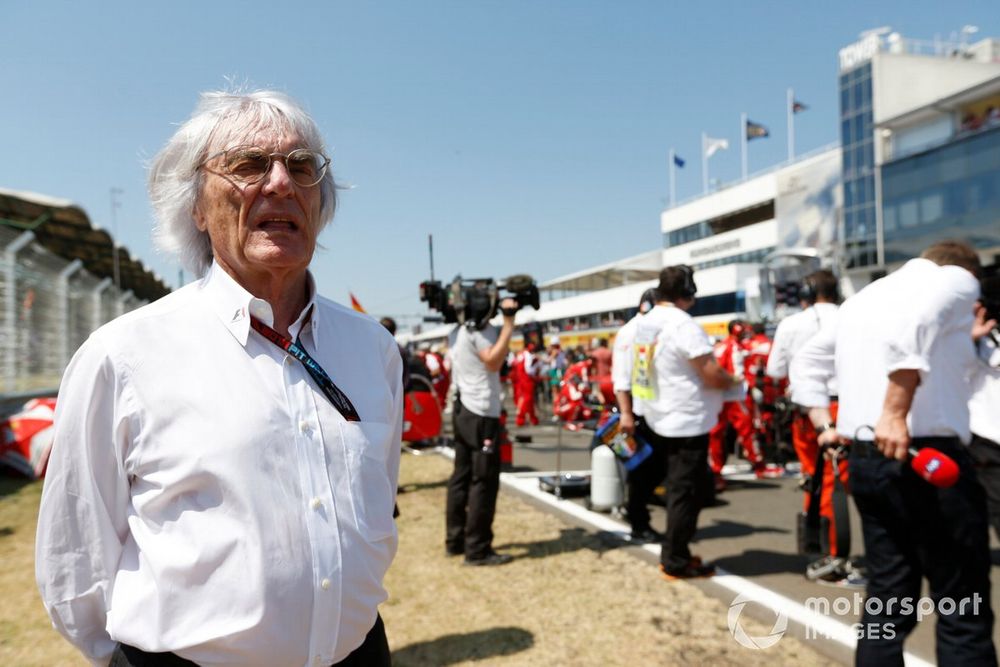
Bernie Ecclestone, CEO, FOM
Photo by: Alastair Staley / Motorsport Images
That Concorde Agreement expired at the end of 2020, with the eighth contract completely revolutionising F1. It was the first Concorde Agreement signed under Liberty ownership and introduced F1’s first-ever budget cap, which began at $145m per season before dropping by $5m each year until it settled at $135m from 2023.
This was done to encourage greater parity across the grid, as the major manufacturers had approximately four times the budget of teams at the back, and the distribution of prize money was also revised for said reason.
These changes proved crucial in confirming the commitment of many teams, whose futures were in doubt given negotiations took place amid the COVID-19 pandemic. It was therefore a worrying time for many, so the significance of all 10 teams signing the eighth Concorde Agreement and confirming their entry until at least the end of 2025 cannot be understated.
When is the next F1 Concorde Agreement?
The ninth F1 Concorde Agreement is due to come into effect for the 2026 season, to coincide with the regulation changes that will overhaul the power unit.
Although it is still largely unknown what will be detailed within the contract, Autosport revealed that Ferrari will retain its historical bonus payment but it is set to be capped at 5%.
It comes after F1 gave teams the draft terms of the Concorde Agreement and championship CEO Stefano Domenicali said the priority was to deliver a contract that did not deviate much from the last one.
“We are in the process of discussion with the teams,” he said. “The most important point is to keep the situation as stable as possible. These are the points of discussion. As you can imagine, we cannot go into detail of it but, as soon as we can, we will share what we can do. The situation is optimal to keep discussing with the teams, with all the relevant parties, the best way to finalise everything for a stronger future up to a longer term.”
Another big talking point of the ninth Concorde Agreement is the cost cap, which may be increased to $220m from 2026 but have more stipulations included within.
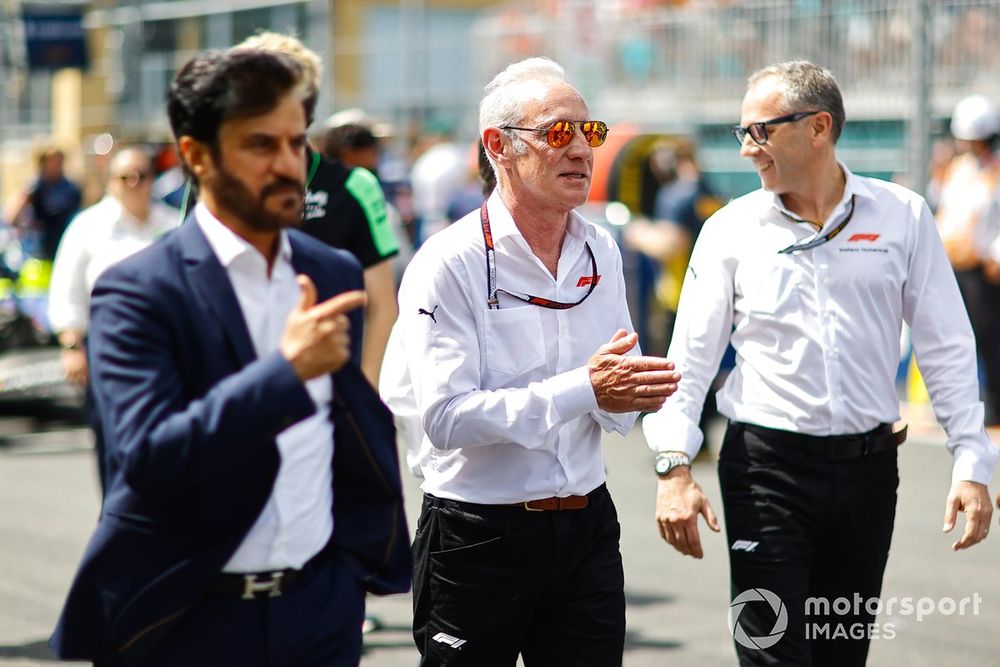
Mohammed Ben Sulayem, President, FIA, Stefano Domenicali, CEO, Formula One Group, on the grid
Photo by: Andy Hone / Motorsport Images
This includes maternity leave, which has triggered some concerns that it could discourage teams from employing women. That’s because if staff took paid maternity leave then interim replacements would have to be hired, thus triggering extra costs.
Employee entertainment – summer or Christmas parties for example – might also be brought under the cost cap and, again, that has caused concern because teams might not host something that serves as a reward for staff members.

